Sylph (silf | /sɪlf/)
Wind Elves value freedom, fun, and family
Sylphs are a type of Elf with wings. This separates them considerably from many of the other elven ethnic groups, because it encourages them to live in high alpine areas, where other elves would fail to thrive. As a result, they have largely stayed aloof from the Succession Wars and many of the political conflicts between the elves over the course of the centuries.
Appearance
Of the elven ethnic groups, the Sylphs, colloquially known as "wind elves," "sky elves," or "winged elves," have the most variation in their appearance. Their colouring spans the entire gamut of elven divergences. Skin tone may range from extremely dark teak brown to the pale white shades of the Sidhe and Rua'alfar, with everything in between. Hair may range from black to brown to red to platinum blonde, to more exotic shades like silver, blue, purple, green, and so forth. Eye colour truly spans the rainbow. The only true constant among Sylphs is that the elven sparkles in their irises are universally a platinum-white metallic shade. There is even a wide variation in shape of wings. Most Sylph wings seem like fragile, lacy "insectoid" wings at first glance, often bearing a superficial resemblance to the wings of dragonflies or butterflies. However, these wings contain an unusually high proportion of Mithril, forming a kind of "wire frame" that reinforces the wing structure. This might also be one reason that Sylphs do not struggle with flight, even though their humanoid frames might suggest otherwise. The other might be that Sylphs also have a hollow bone structure, as birds do, making them lighter of frame than their ground-bound counterparts. However, their bones contain mithril along with calcium, which both reinforces their bones to prevent fragility, and makes their bones more pliable and thus, less likely to break. These significant differences might incline one to think of Sylphs as a different species from elves, and certainly, there are those who have made that distinction. This is not the case, however.Naming Traditions
Feminine names
Feminine names are slightly more likely to trill or roll off the tongue, or have multiple vowels run together.
Examples: Amalia, Beseari, Fisrika, Traoja, Ilitae, Vilrah, Elintra, Daeisa, Gilila, Jaatria, Naijira, Ansrintra, Zariia.
Masculine names
Masculine names are slightly more likely than feminine names to have hard consonant sounds.
Examples: Amonim, Kethmursa, Erlochar, Uthvin, Vonrar, Tahriir, Aelvin, Corashk, Rydorleth.
Unisex names
There isn't a lot of gender divisions in Sylph names. Their names tend to be whimsical and inspired by personal experience.
Examples: Aelryn, Nimvanna, Amuit, Tahlavar, Rubryn, Shaniss, Lyvin, Nauque, Saeanis, Taaste.
Family names
Sylphs have family names that celebrate their aerial heritage.
Examples: Eagletalon, Skybluff, Azurefeather, Hawkwind, Cloudroost, Azurefeather
Other names
Many elven cultures, including the Alfar, have a tradition of parents and other family elders giving children affectionate nicknames that are only used in the confines of the family. They hold the same kind of affection in a diminutive that such human nicknames as pumpkin, princess, melon or munchie do.
Examples: Therathali "dusk," Eilatri "azuredancer."
Sylph Name Generator
Randomly generate your own Sylph names at the link above!Culture
Major language groups and dialects
Sylphs speak Elvish , although most Sylph communities have either developed their own distinct dialect or accent. Occasionally Slyphs study High Avalonian, in the way that human scholars often study dead but scholarly languages. Ironically, perhaps, their dialects are closer to High Avalonian than most of the other Elvish dialects.
Culture and cultural heritage
Sylphs tried to stay out of the various wars in elven history as much as possible. Not interested in capitulating to Rua'alfar, Alfar or Sluagh, their strategy was typically to flee from attempts at subjugation instead of fighting. This led them into progressively higher alpine environments, because these were hostile landscapes that were difficult for other elves to attack.
This is true even in the great mountain ranges of Caer'Thun. There, the Sylphs fled deep into the Iron Hills, which are some of the most inhospitable mountains in Known Space. In these incredibly tall mountains, the Sylphs form migrating tribes that live in the alpine peaks during the summer, and descend to the calderas and vales of the range in the cold winter months. Fortunately, the Sylphs do not seem terribly bothered by the cold, which might have something to do with their mithrized bone structure.
Another environment that tends to serve Sylphs well are the deep branches of World-Trees and Trees of Life. Sylphs in such environments might be more settled than other Sylphs, with well-built thatched homes nestled in the crooks and limbs.
Sylphs tend to travel light, and are far more migratory than other elven groups. They do not often build stone edifices in permanent settlements. Instead, they are far more likely to live out of large tents, something like yurts, which they haul along on their migratory routes with pegasi, griffins, and other winged creatures.
As a result, Sylphs do not have a well-developed written tradition either, and it is not uncommon for Sylphs to remain effectively illiterate their whole lives. Instead, they have a complex oral tradition. Sylph bards are capable of amazing feats of memorization, and scholarly subjects are the subject of advanced teaching-songs that are passed from generation to generation, often with remarkably little change.
Shared customary codes and values
Sylphs believe strongly in freedom and self-expression. They encourage curiosity and exploratory play in their children, and tend to govern themselves in tribal councils, collectives, or an elders' council. They believe that everyone should have the right to live as they please, as long as that doesn't infringe on anyone else's rights. As a result, a wide variety of lifestyles and relationships are accepted; but vigilante justice is a constant threat.
There are a few traditions that are inviolate, however. One is the tradition of hospitality. When another Sylph comes seeking aid, it is expected that they will be provided whatever food, clothing, and assistance they need to get back on their feet. Conversely, the one seeking aid is expected to take only what they need, since resources are often stretched, and if someone tries to press their luck, they might find themselves literally being thrown off a cliff.
Another cultural tradition is that the Sylphs, despite whatever differences they may have, will band together against outsiders. There is a hierarchy of kinship: the People (elves) before Outsiders; Sylphs before the People; Kin before all else.
This set of beliefs, combined with a culture filled with clannish social customs, means that wind elves marry outside of the Sylph community more rarely than all other elven groups, even Alfar, who openly frown on such things. A Sylph who marries someone who cannot fly is separated from their entire culture, unless their chosen partner is a rider of a griffin, pegasus, Nasar, or other flying creature.
Average technological level
Sylphs tend to make less use of advanced arcanology and technology than other cultural groups of elves. This is simply because a lot of these developments have less direct application in their nomadic lifestyles.
There are some exceptions. For example, the Sylphs are likely to have jewelry and other wearable items with more advanced enchantments than other groups of elves. They are also far more likely to make free use of fungible items, like potions, because physical things just have less permanence in their culture.
However, those who have made permanent settlements, or who have taken advantage of starfaring technology, tend to have greater access to the lost arcanology of Avalon than other elves do. Some extremely powerful magical artifacts remain in the possession of the wind elves, carefully guarded from those who might misuse them.
Common Etiquette rules
Meals among Sylphs are communal. Resources are scarce in many of the places that they live, so they share whatever they have to increase variety. They do not understand households that do not communally share their resources, and explaining this cultural aspect to Sylphs, should it be necessary, is difficult at best.
Common Dress code
Sylphs wear little clothing for practical reasons. Clothes provide an obstacle, and often a drag effect, when flying, and get in the way of wings. Further, Sylphs don't really notice more than the most extremely cold temperatures, possibly because of the mithril content in their bodies. In deep winter, especially in extremely high altitude environments like the Iron Hills, they are just as subject to frostbite as anyone else. Then, they may wear furs and leather or thick wool, which are warm and protect against the wind, despite the restrictions on flight.
Art & Architecture
When Sylphs do build permanent structures, they do so for agricultural or religious purposes than any other use. World-Tree settlements are filled with complex, woven, living-wicker structures. Mountain peaks, bluffs, and vales are the sites of airy towers that serve as rookeries and eyries, as well as temples or grain elevators.
Winged elven art is either the ephemeral sort, such as sandpainting, or it is practical, since they must travel light. They create a variety of beautiful and useful things, such as tooled and dyed aerial saddles for their winged mounts, intricate woven wool blankets, and clothing with elaborate beadwork. Sylph art often makes use of geometric patterns and bright colours. The Khel'Nasar often purchase their Nasar saddles from the wind elves, or in some cases, the Sylphs teach them the art.
Common Customs, traditions and rituals
Sylphs celebrate almost everything with practical gifts, communal feasting, camaraderie, athletic contests, and song and story. These will be a part of almost every ritual. Many generations of Sylphs live within a tribe, and they continue to share resources throughout their lives.
Birth & Baptismal Rites
Like most other elves, Sylphs gather when a child is coming into the world to sing the baby into the community. It is common for the whole tribe to gather together and give gifts to the happy parents, to see to the well-being of the new child. This done for children who are newly adopted or welcomed into a new tribe as well, as the wind elves feel it would be wrong to leave them out of such an important signal of welcome into the community. Singing and gifting is even done when a Sylph from one tribe joins another as an adult, such as in the case of a wedding when one Sylph leaves their tribe for another.
Coming of Age Rites
Sylphs, like other elves, are acknowledged as adults at roughly the age of 50. The new adult is gifted a variety of practical items, to allow them to establish their own households. One of those items is always a tent, created by the whole tribe for the occasion.
Funerary and Memorial customs
Typically, Sylphs conduct a "sky burial" for their dead, which is a process of leaving the bodies of the dead on a high peak for birds to devour. It is believed that as the birds recycle the flesh, the spirits of the dead are freed to follow Arianrhod, Lady of the Stars on their journey to The Summerlands .
Some non-migratory Sylph communities will take whatever bones remain and bury them in a communal memorial site. However, it is typical for migratory Sylph cultures to form flutes from the humerus bones of their dead loved ones. They believe that the deceased continues to speak through the new instrument, and helps to guide the living.
Common Myths and Legends
The Sylphs follow Rhiannon, Lady of the Winds and Skadi, the Winter Queen more than any other deities.
Ideals
Beauty Ideals
Gender Ideals
Elves in general pay little attention to differentiations of gender in cultural roles. Many genders are recognized, but this aspect of identity is given as much attention as eye colour or preferred music.
Courtship Ideals
When one Sylph wishes to court another, they give a gift of a beaded feather. The more beautiful the feather art, the more likely the courted is to be impressed. In some places, this is a quite elaborate affair, involving fans of beautiful feathers woven together.
Relationship Ideals
Sylphs do not believe in extended marriage. They think of their primary identity as being of a tribe or clan, and the whole tribe raises the children. Couples, trios, or other groups in a relationship will stay in the same tent as long as it pleases them to do so. If one wishes to leave, one will simply set up their own tent.
Don't forget that you can click on the blue compass on the left to access the Table of Contents at any time!
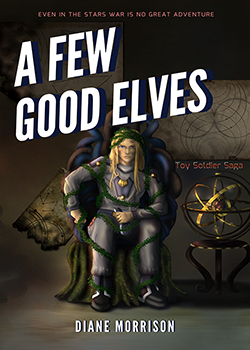
Want to read all of the Toy Soldier Saga fiction, even before the rest of the world does?Subscribe now!
Sylph healer & priestess of Rhiannon of Greenwood
Sylph priestess of Arianrhod of the Iron Hills
Sylph child of the Raptor Islands
Sylph warrior of Yggdrasil's Sprout
Sylph mage of Symmerin
Sylph ranger of Glimmerfell
Sylph youth of Symmerin
Sylph druid of Avalon
Sylph priestess of Arianrhod of the Iron Hills
Sylph child of the Raptor Islands
Sylph warrior of Yggdrasil's Sprout
Sylph mage of Symmerin
Sylph ranger of Glimmerfell
Sylph youth of Symmerin
Sylph druid of Avalon
Encompassed species
Related Organizations
Related Items
Related Locations
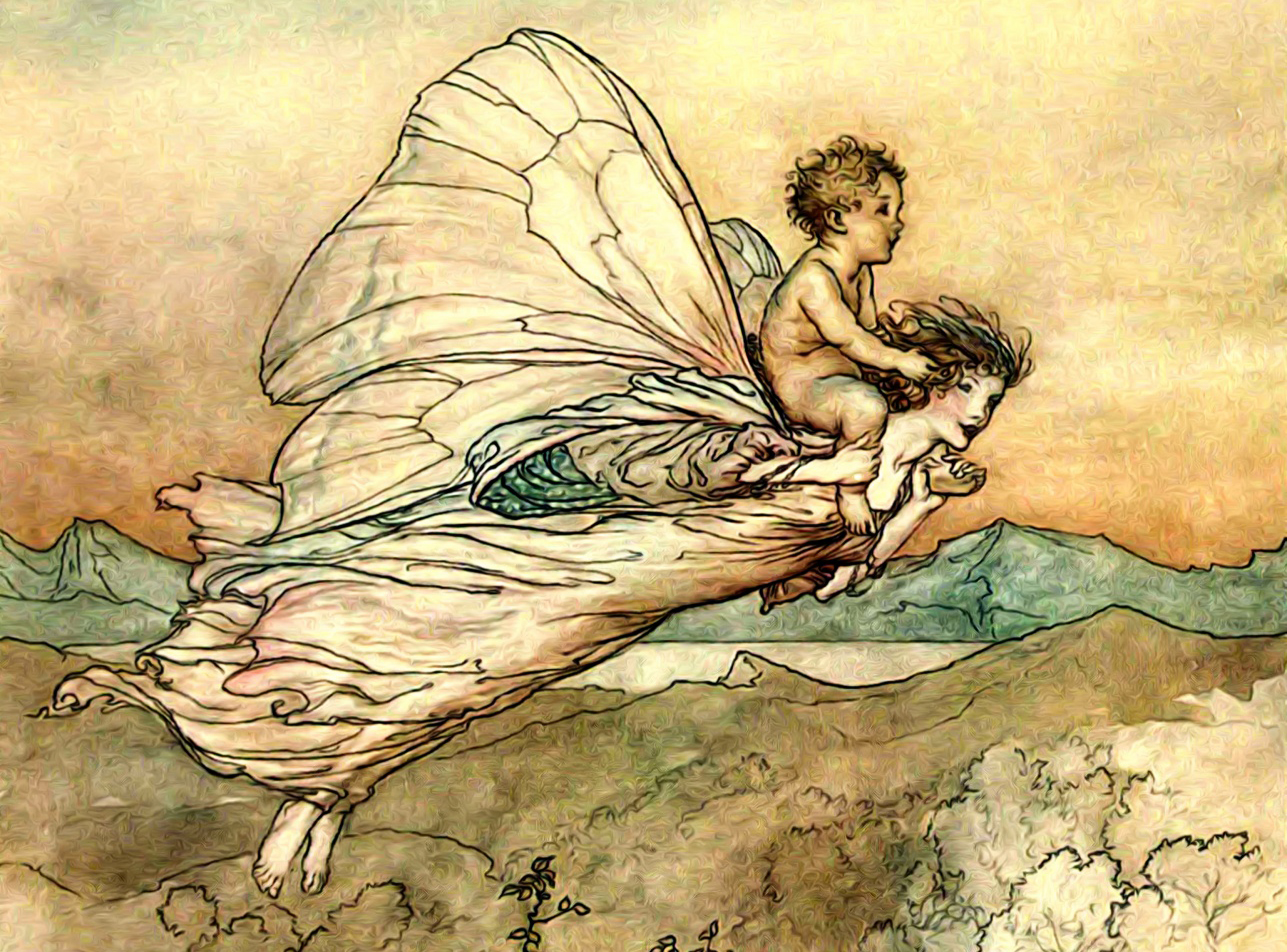





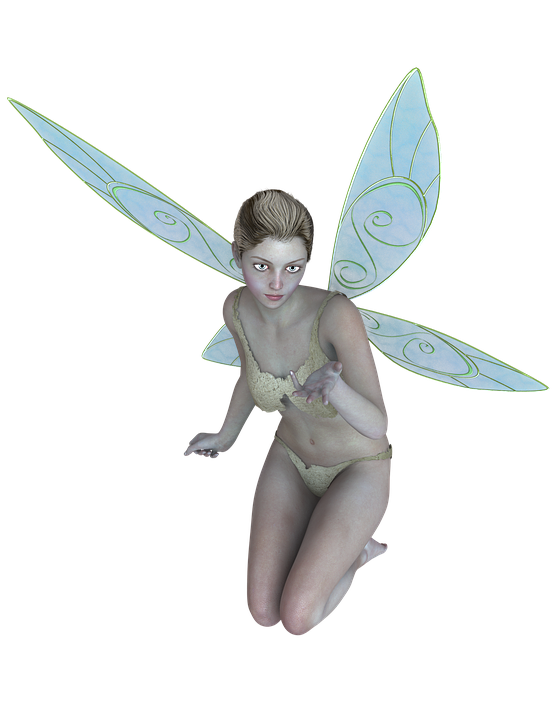

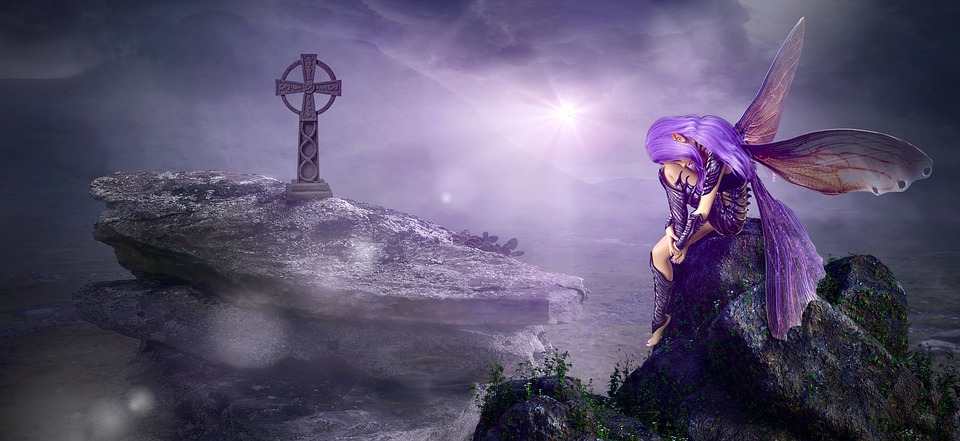



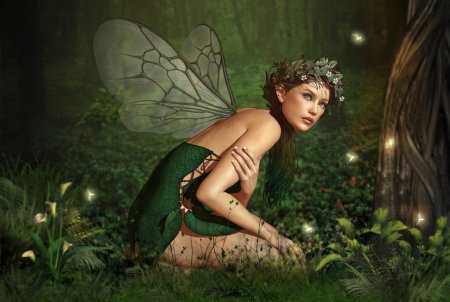

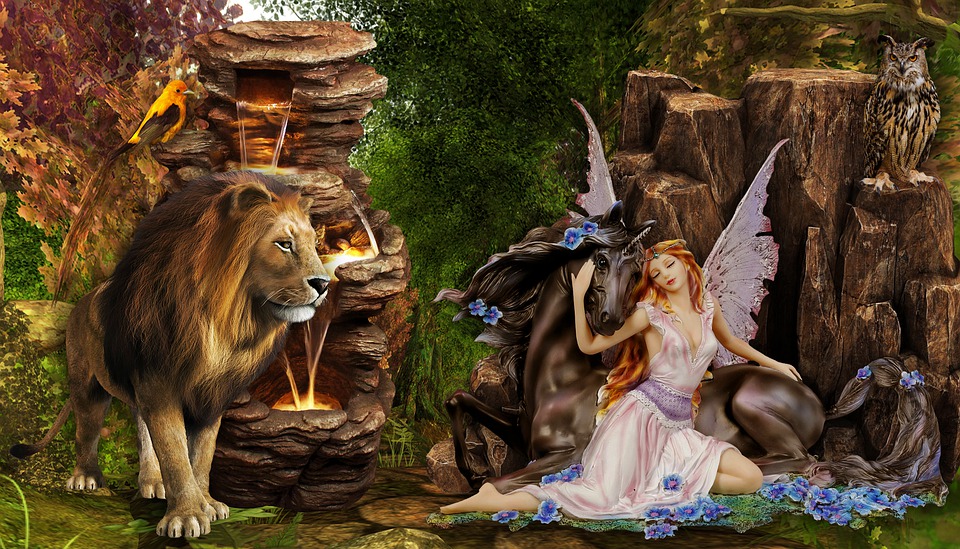



Comments